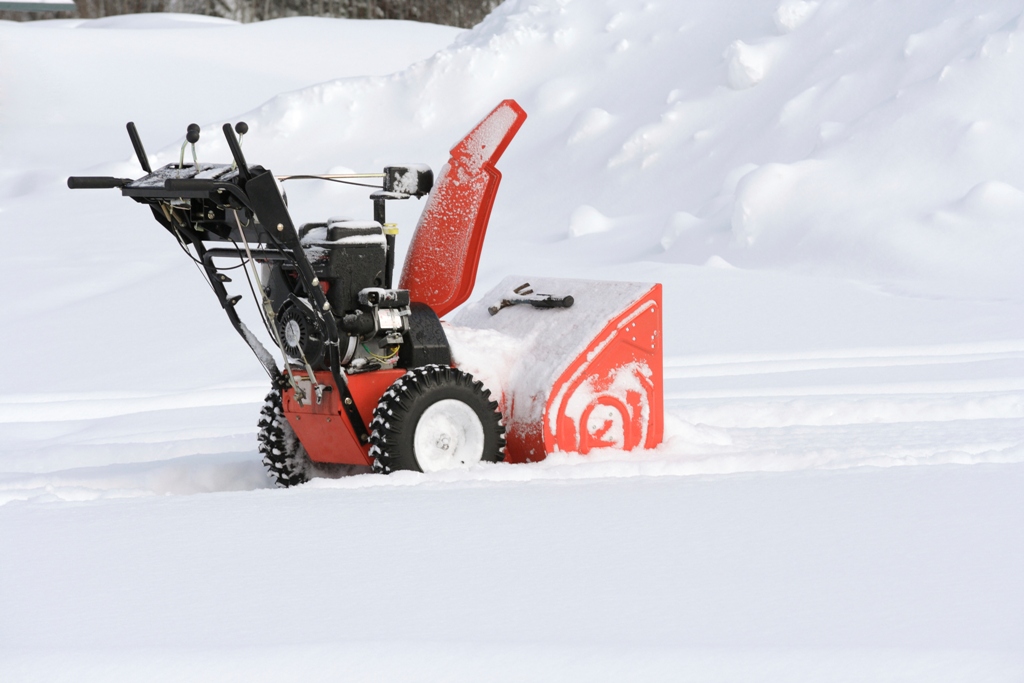Snow blowers are frequently used in municipal settings. Typical uses include clearing of walkways, sidewalks, and small parking areas around public buildings and removal of snow around utilities and stored equipment.

Snow blower injuries cross all age group categories, but are most heavily concentrated among 35 to 64 year olds. Two-thirds of all injuries involve fingers of the dominant hand and most occur when individuals attempt to clear the auger/collector or discharge chute with their hands.
Most of the injuries resulting from snow blower operations are preventable. To ensure your safety, please follow these safety guidelines:
- Read and understand the manufacturer’s operating instructions and/or have an experienced, knowledgeable person demonstrate procedures for safe operation.
- Before starting, inspect the blower to make sure shields are in place and not damaged. Tighten any loose nuts, bolts, or screws. Before servicing, disconnect the spark plug wire.
- Add fuel before starting the engine. Never fuel an engine that is running or hot. Store fuel in approved safety cans only.
- Dress properly for the conditions. Do not wear loose fitting clothing while operating machinery.
- Make sure all people and pets are out of the way before you begin. Inspect the area before you begin.
- Remove branches, hoses, toys, and other objects.
- Pre-plan the placement of discharged snow. Do not direct the discharge chute towards windows, parked cars, roadways, or travel paths. Remember that objects other than snow will usually be thrown further than the snow discharge.
- When operating for extended periods of time hearing protection should be used.
- Do not leave a snow blower unattended when it is running. Shut off the snow blower and remove the key.
- If the chute or auger backs up (clogs) follow these steps:
- Turn off the machine.
- Remove the spark plug wire.
- Use a stick or broom handle to free the snow or debris.
- Never, ever, reach into or place your hands in the auger housing or chute.
VML Insurance Programs (VMLIP) has many safety resources to help you with winter preparedness, including white papers and recorded webinars. VMLIP members can access the following safety bulletins online.
- Exposure to Cold Weather Conditions – safety bulletin
- Understanding Wind Chill – safety bulletin
- Snowplow Safety – safety bulletin
- Winter Safety Reminders – safety bulletin
In addition to white papers, VMLIP members have access to a 14 minute DVD on Cold Stress, which educates viewers on hypothermia and frostbite, including the warning signs and measures to take before working.
For more information and safety tips visit: www.vrsa.us or follow us on Facebook and Twitter.


